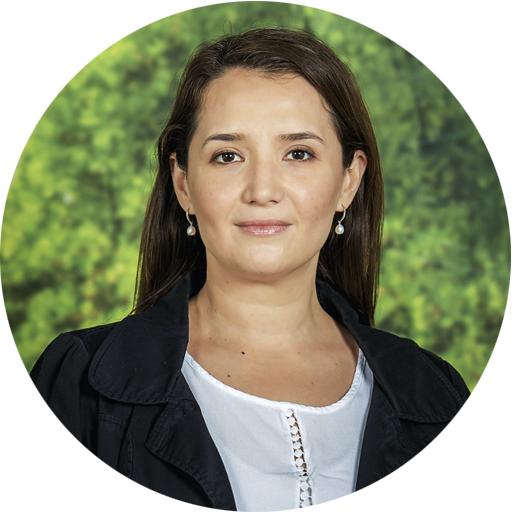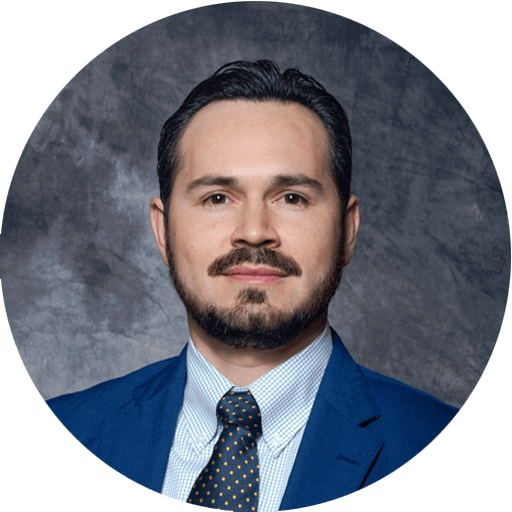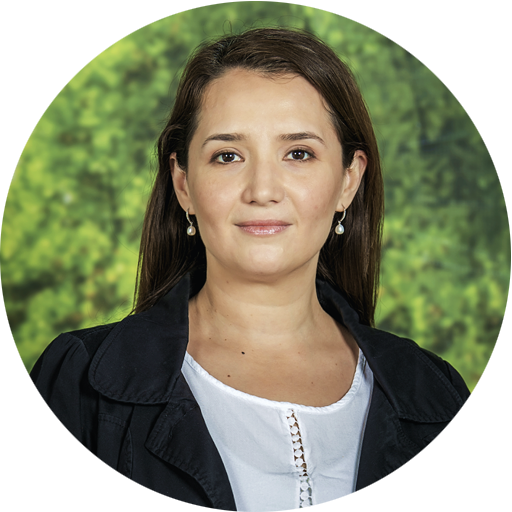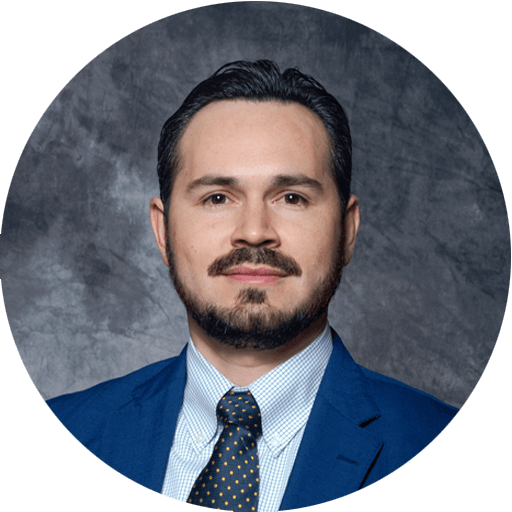Cuenta de acceso a mitec egresados
¿Aún no accedes a todos los beneficios y servicios que tenemos para ti?
Como parte del proceso de graduación, a cada estudiante se le genera una cuenta de correo electrónico con dominio @exatec.tec.mx. Con ella, pueden acceder a los servicios digitales del portal de egresados (mitec EXATEC) y disfrutar de un buzón de correo con 50 GB de capacidad.
El portal mitec EXATEC ofrece a nuestra comunidad servicios y beneficios exclusivos, como seguros de auto, descuentos en viajes, programas de educación continua, oportunidades laborales, iniciativas de vinculación y herramientas para conectar con colegas y amistades.
Además del dominio, las cuentas generadas constan de nueve caracteres, que incluyen la letra A, una cantidad variable de ceros y la matrícula de cada estudiante; por ejemplo: A00012345@exatec.tec.mx; A00123456@exatec.tec.mx; A01234567@exatec.tec.mx.
De esta forma, aunque no la hayas solicitado aún, ¡ya tienes tu cuenta EXATEC! Para utilizarla, solo debes realizar un cambio de contraseña con los siguientes pasos:
- Ingresa a mitec.
- Haz clic en ¿Olvidaste tu contraseña?
- Escribe tu correo EXATEC en el apartado Ingresa el correo electrónico con el que accedes al portal.
- Recibirás un mensaje en la cuenta de correo personal que proporcionaste al Tecnológico de Monterrey: sigue las instrucciones que ahí se indican.
Si no tienes una cuenta de correo personal registrada o experimentas algún otro inconveniente en el proceso, contacta a TecServices y con gusto te apoyaremos.
- Una vez actualizada tu contraseña de manera exitosa, ¡podrás ingresar a mitec y disfrutar de tus beneficios como EXATEC!
Además, si deseas personalizar tu cuenta de correo de egresado, puedes acceder al servicio Personaliza tu cuenta disponible en el portal mitec EXATEC y cambiar tu matrícula* por una combinación con la que te identifiques más, sin perder el contenido que ya generaste en tu buzón de entrada.
*Disponible solo para quienes aún no han personalizado su cuenta de correo EXATEC

















